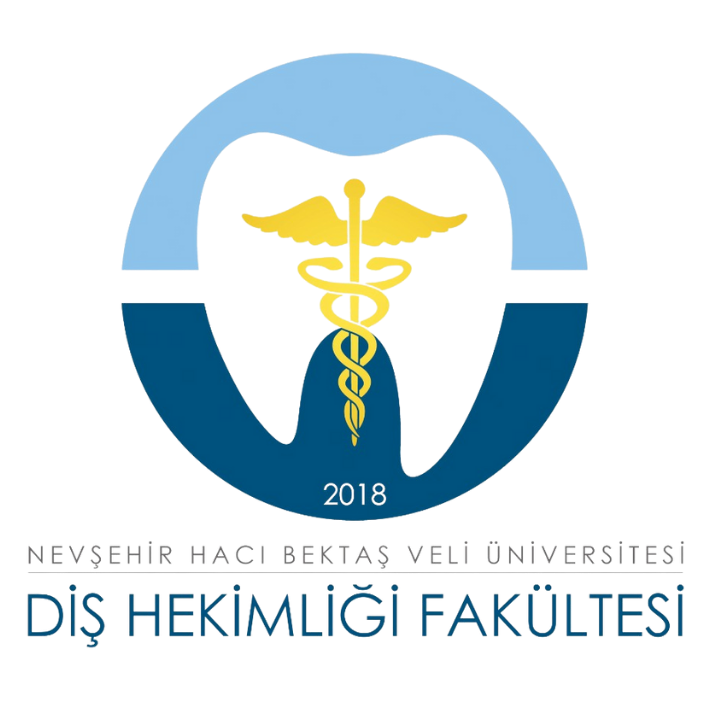What is orthodontics & what treatments does it cover?
Orthodontics means properly aligned teeth. Orthodontics, a specialty of dentistry, is a science that deals with teeth, jaw and facial complex in terms of normal structure and development, anomalies and treatment of anomalies. Recently, the interest and demand for orthodontic treatment has increased due to the increase in aesthetic needs with the influence of social media, the spread of preventive dentistry practices, and the increase in public awareness of oral and dental health. Position disorders of the teeth, jaw deformities manifested by the anterior or posterior position of the jaws, breaking of faulty habits acquired in early childhood, dentoskeletal disorders in adulthood, treatment of pathological tooth movements due to gingival diseases, arranging diastemas before prosthetic or surgical procedures, orthognathic surgical applications are areas covered by orthodontics.
2. What is the ideal age for orthodontic treatments can be applied?
Although the ideal timing for orthodontic treatments is determined by the orthodontist, orthodontic examination is recommended at least once a year after the first examination is made at the age of 6 when the permanent teeth begin to erupt. Measures can be taken at younger ages to break some wrong habits. During the primary dentition, applications can also be made to break bad habits such as thumb sucking, lip biting, foreign object insertion, long-term use of bottle or pacifier. In order to prevent tooth alignment disorders that may occur due to early extraction of primary teeth, placeholder and early dental expansion applications are also within the scope of orthodontic treatment. In cases where the gingival tissue is healthy, there is no age restriction for orthodontic treatment. Orthodontic treatment can be applied at any age. Age is not a problem in dental corrections. No matter how old the patient is, treatment is possible. If there is a problem with the position of the jaws of the individual (skeletal malocclusion), then age appears as a critical factor to correct the skeletal problem by taking advantage of growth and development. In this case, there is a need for functional treatment, which is done until puberty. The average treatment time is between two and two and a half years, but it varies depending on the severity of the dentoskeletal problem. Adult treatment may take slightly longer than that of children.
3. What are the types of orthodontic treatment?
In parallel with the developments in today's technology, many alternatives are offered in orthodontic treatment types. Treatments with conventional brackets, orthodontic treatments with ceramic brackets, lingual orthodontic treatments with wires attached behind the teeth, orthodontic treatments with clear aligners, orthopedic applications for maxillofacial deformities are among the treatment alternatives that can be applied within the scope of orthodontic treatment. The most appropriate treatment alternative can be selected in line with the examination of the orthodontist and the demands and wishes of the patients.
4. Do teeth can relapse after orthodontic treatment?
After an average of 2-2.5 years of active treatment, the consolidation phase is started. The retention phase is actually an important process that is included in orthodontic treatment. In this process, partial wires are placed on the back of the teeth after the treatment and it is aimed to preserve the proper tooth alignment obtained with transparent plaques. Teeth still tend to move after orthodontic treatments are finished. During the two-year period after the end of the treatment, the regular tooth alignment obtained by transparent plaques applications is preserved and relapse of the teeth is not expected.

Doctor Lecturer Servet BOZKURT
Dahili Tlf No: 22016

Dahili Tlf No:22001
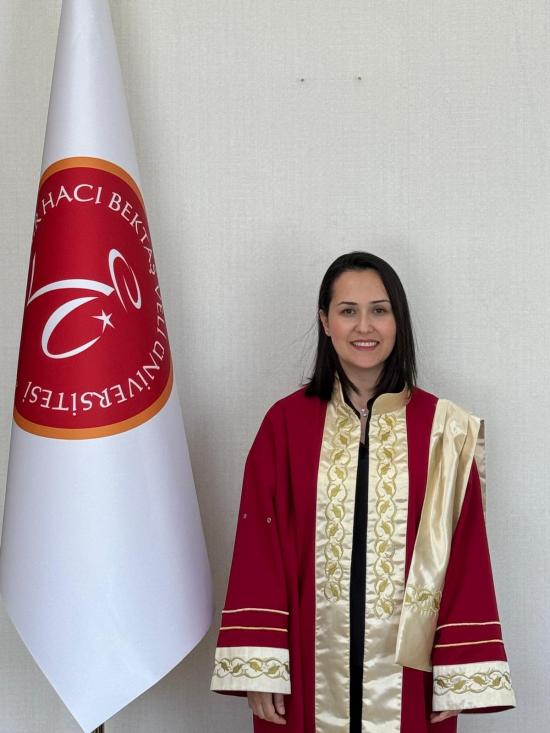
Dahili Tlf No: 22001
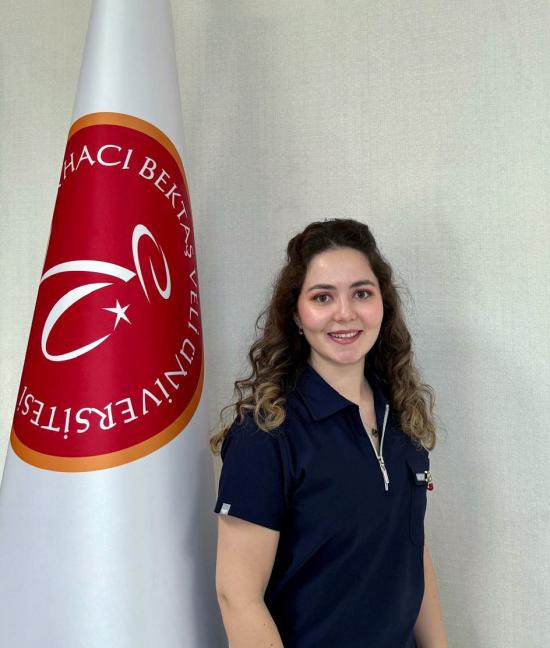
Research Assistant Nisa YILDIZ

Research Assistant İkra Rana TÜZÜN
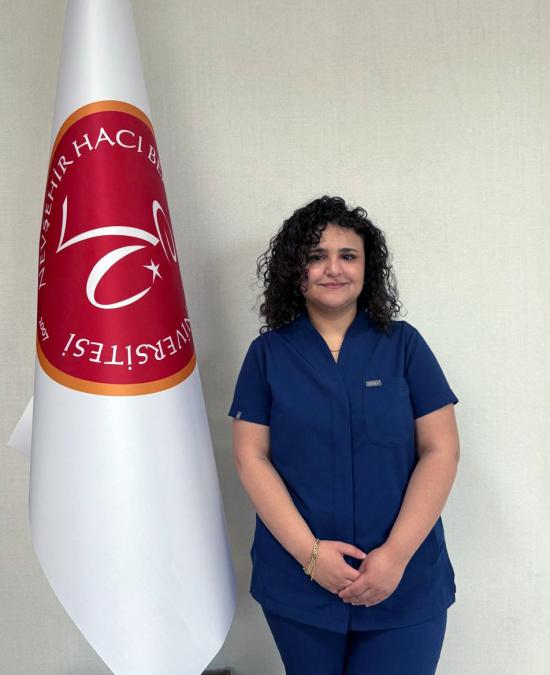
Research Assistant İrem YÜCEL
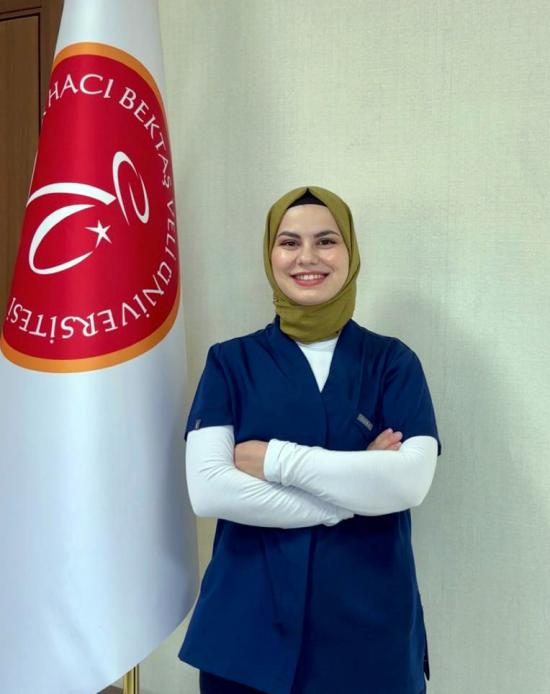
Research Assistant Şerife Esra AKSU

Research Assistant Zeynep TOPUZ

Research Assistant Beyza KOCAKAYA

Research Assistant Rabia KESKİN

Research Assistant Beste Sıla SEYMENOĞLU

